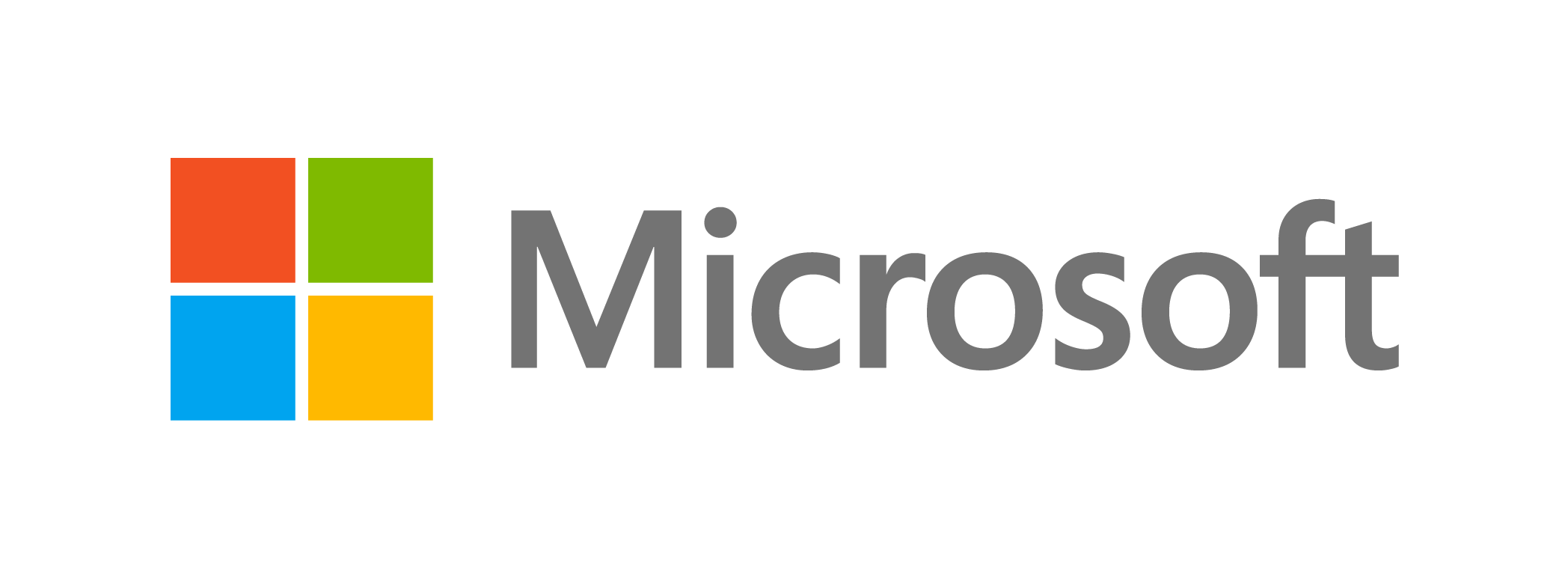sponsored
3 min Read
Does Your Child’s Classroom Need A Digital Makeover?

October 12, 2023
sponsored
3 min Read

October 12, 2023

All around us, we see the evidence that we’re living in a time of incredible technological advancement. For many of us, radios have been replaced by smart speakers and Bing searches have taken the place of dusty encyclopedias. Our smart TVs stream endless entertainment from all over the world and our smart watches can tell us everything from our sleeping habits to our heart rates (if we remember to keep them charged). So, it is not unreasonable for parents to assume that when their children step into the classroom this year, they are entering an environment very different than the one they experienced decades ago. For a lot of kids, that may not be the case.
The reality is that the way we teach students today has not changed dramatically since the end of the Second World War. And that’s a problem because the world today’s students occupy would be unrecognizable to a student in 1950s.
What’s Missing?
Today’s kids aren’t just missing out on the world of incredible digital tools that exist to make teaching more engaging, relevant and inclusive, also in many cases, they aren’t being taught to critically engage with the technologies that are defining their world and the workforce of the future.
In a recent study from Fuse Insights and Microsoft Canada, only half of teachers surveyed said students are currently being taught in ways that are relevant to the skills they need for the future. An overwhelming majority of teachers (79%) also shared that digital literacy and digital citizenship are essential skills for today’s students. But digital literacy, the ability to understand and navigate our digital world, and digital citizenship, the ability to operate safely and responsibly online to fully participate in a digitally enabled society, is only taught in 22% and 53% of classrooms respectively.
While no one is advocating for coding to replace Shakespeare – language arts and creative expression have never been more important – kids need access to relevant learning and tools to thrive in a modern society and think critically about the technologies shaping their world.
Bridging the Gap
It’s important that today’s classrooms evolve to meet students where they are, but teachers can’t do it alone. Here’s how you can help support your child’s digital education:
Technology won’t wait for our classrooms to catch up – and quite frankly, we wouldn’t want it to! Today’s innovations have the potential for incredibly positive transformation in our classrooms and beyond. As parents, teachers, and organizations, we have the power to bridge the digital gap and ensure that our children have access to the tools, knowledge, and critical thinking skills needed to navigate the digital age with confidence.
Sponsored by: Microsoft
